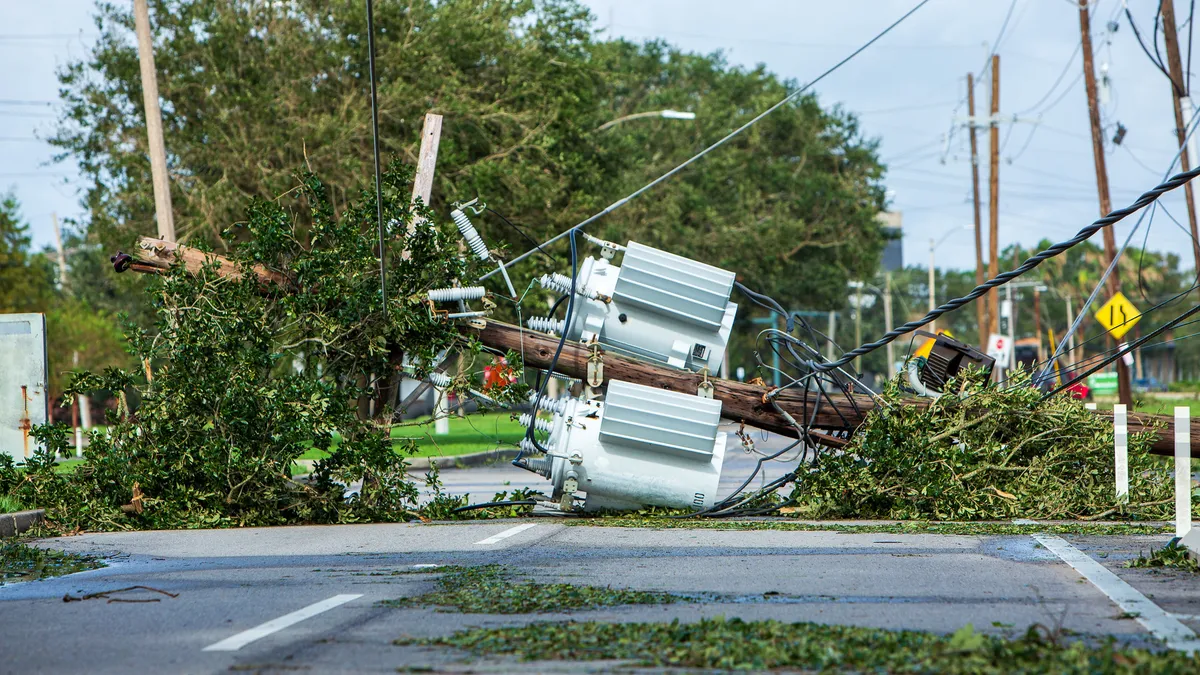Entergy Louisiana announced Monday that it filed a proposal with the state to begin the first phase of a two-phase plan that would spend approximately $9.6 billion from 2024 to 2033 to build up resilience.
In a release, Entergy Louisiana said the resilience plan aims to accelerate and reduce the cost of restoring power after major storms. For the first phase, the utility proposes “accelerated infrastructure hardening and vegetation management.”
Entergy Louisiana defines hardening as building or improving a power system to improve its capacity to recover from severe weather.
The utility filed its plan for Phase I of the project with the Louisiana Public Service Commission, writing that this involves approximately $5 billion in projects in the first five years, from 2024 through 2028.
Over 10 years, the utility plans to complete 9,600 projects to harden more than 269,000 structures over more than 11,000 line miles.
In 2021, Entergy pledged to spend around $2.5 billion repairing the damage that Hurricane Ida had done to Louisiana’s energy grid. The utility has been dealt financial blows by recent hurricanes and was criticized for its response times to outages and for passing along costs to customers.
LPSC Commissioner Craig Greene tweeted in July, “I feel your frustration over your high bills. It may be difficult to believe as you look at your electricity bill right now, but I am truly just as frustrated.” He attached to his tweet a template for Entergy Louisiana customers to send to the utility, which included support for the LPSC’s efforts to “create opportunities for private investment to risk their capital, with no guarantee of success, to compete to build generation to meet our power needs so that we may diversify our power portfolio.”
Entergy Louisiana’s filing addresses the need to bolster generation by suggesting microgrids. It said it has identified 10 potential microgrid projects that could provide decentralized, local generation sources after major storms.
According to Entergy, “the different microgrid options considered by the company include: dispatchable natural-gas generator microgrids; bulk energy storage system (BESS) anchored microgrids; hybrid natural-gas generator and BESS-anchored microgrids; and microgrids anchored by photovoltaic panels coupled with a BESS.”
“To be clear, at this time, the company has completed only a planning-level evaluation of microgrids to enhance resilience and is presenting these various microgrid options for consideration and discussion,” the utility wrote.
“Because of its novelty, deploying this technology as a resilience tool involves inherent risk and it will be important to evaluate the technology carefully before proceeding,” Entergy said.
If Phase I of the project is approved, Entergy said it will evaluate its Phase I success before deciding on Phase II projects.














